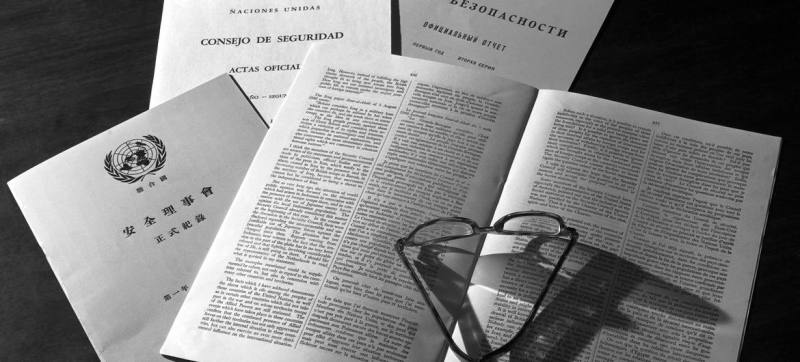
In 1953, the UN announced the official translation of its documents into six languages: Arabic, Chinese, English, French, Russian and Spanish. International Translation Day: History and Interesting Facts Culture and Education
Today, September 30, the world celebrates International Translation Day. Professional translation as a craft and art plays an important role in bringing peoples together, promotes dialogue, mutual understanding and cooperation, and ensures the development and strengthening of international peace and security. In 2017, the UN General Assembly decided to recognize the work of translators by establishing their professional holiday.
September 30th is chosen in memory of Saint Jerome, who lived in the 4th-5th centuries and was the author of the first complete version of the Bible in Latin. Of all the variety of ancient and medieval Bible texts that have survived to this day, it is Saint Jerome’s translation that is considered canonical. It is officially recognized by the Catholic Church as the so-called “Vulgate” – the generally accepted version of the Old and New Testaments. Saint Jerome is considered the patron saint of all translators.
International Translation Day is an opportunity to pay tribute to the work of those who connect different languages and cultures. Translators play an important role in modern society, providing access to knowledge, information and cultural context.
The Roots of the Profession
Translation as a professional activity has existed since ancient times. The first written translations appeared in Mesopotamia, where Sumerian and Akkadian texts were translated into each other. Ancient Greek and Roman philosophers were engaged in translations to make knowledge accessible to a wider audience. One of the first known translators was the famous philosopher and scientist Epicurus, who translated the works of other thinkers.
In the Middle Ages, translations became especially important for the widespread dissemination of knowledge. Classical texts in Latin were translated into Arabic, which contributed to the scientific and cultural exchange between the East and the West.
Interesting facts about translation
During World War II, the need for qualified translators was so high that some countries used them practically as a secret weapon. Experienced translators were worth their weight in gold.
In 1953, the UN announced the official translation of its documents into six languages: Arabic, Chinese, English, French, Russian and Spanish. This decision played an important role in the development of international cooperation and communication.
Translators can specialize in a variety of fields: legal, medical, technical and literary translations are all separate fields of activity. Each of these areas requires unique skills and knowledge.
With the development of technology, translation has become much more accessible. Automated translation systems such as Google Translate have changed the approach to translation, but the importance of the human factor is still highly valued. Incorrect translation in diplomacy or law can lead to misunderstandings, which in some cases have very serious consequences.
Translation is not just replacing words from one language with another, it involves understanding cultural contexts. Every language is imbued with cultural aspects that may not have analogues in other languages; phraseological units, jokes, metaphors require adaptation. The translator must take into account how cultural contexts affect the perception of the text. For example, the expression “It’s raining cats and dogs” in English may cause confusion among speakers of other languages.
Read also:
Looking Like St. Jerome, or How You Load the Dishwasher
Russian language
Russian is one of the six official languages of the United Nations. It is natural that one of its main speakers in the UN Secretariat is the Russian Translation Service, which currently employs about 50 people. Due to the importance of the documents that the Service’s translators and editors have to work with, high professional requirements are imposed on them. In addition to their main language – Russian – an employee of the Service must be fluent in the original languages - English and one other official UN language, with a thorough knowledge of their grammar and style.
A translator at the UN must have a broad erudition, because a wide variety of documents are received for translation: from resolutions and reports of the Security Council, the General Assembly and other main bodies to verbal notes from member states – on a wide variety of issues.
